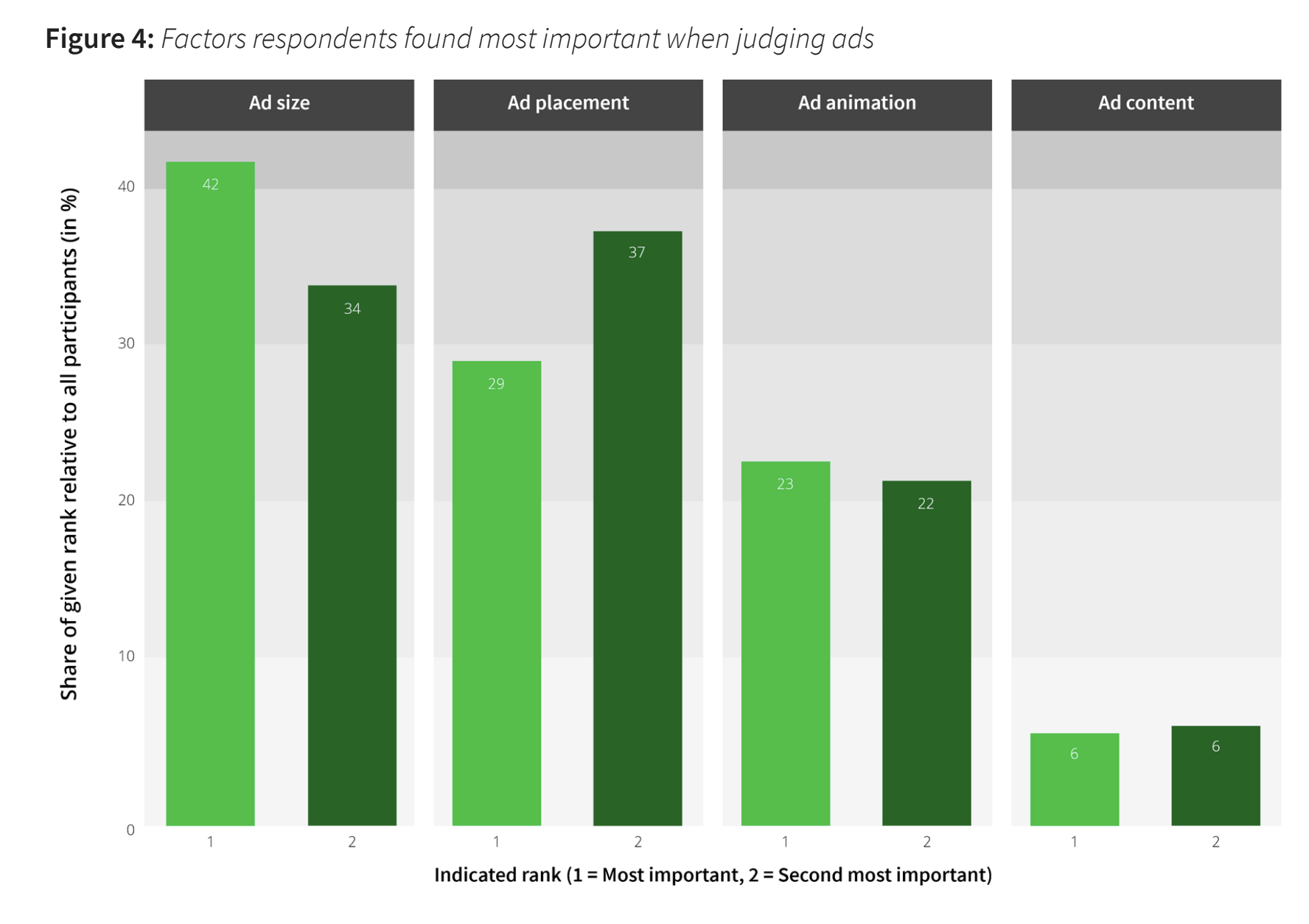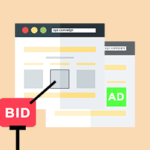Last year, eyeo, the company that makes AdBlock Plus, handed over the reigns of the Acceptable Ads Committee to handful of independent members including users, publishers, advertisers, and researchers.
The committee is tasked with defining the Acceptable Ads criteria, i.e., which types of non-disruptive ads are users okay with? The intention is to find a middle ground between blocking all ads and making sure the experience of adblock users does not suffer. This way publishers can continue to earn from the ad-supported web, as long as their ads meet a certain UX criteria defined by the committee.
To discover the factors that prompt users to block ads on the mobile, the committee commissioned a study titled Measuring Ad Blocking Users’ Perception of Advertising Types on Mobile Browsers.

“The Acceptable Ads Committee has done an outstanding job of identifying the need for mobile-specific criteria, and commissioning a large study to collect data among ad-blocking users,” said Job Plas, director of industry relations, eyeo. “The findings will be put into practice in the next major update to the Acceptable Ads criteria, which will benefit millions of mobile users worldwide.”
Based on the results of the study and after almost an year of deliberation, the Acceptable Ads Committee has defined the following criteria for acceptable ads on mobile:
- Static ads: 6×1 banner and 1×1 banner ads are allowed to be placed anywhere on the webpage
- Large ads (“native tiles”): Will only be allowed under the primary content on any web page
- Sticky ads: Small ads (defined as 6×1 and under) are allowed to be placed as a sticky ad on the bottom of the screen, with a maximum height restriction of 75px or 15% of the screen height. All sticky ads must include a close button or some other easily-identifiable closing mechanism.
- Ads implemented on the “scrollable portion of the webpage”, before or inside the primary content of the page, may not occupy in total more than 50 percent of the visible portion of the page.
- Ads placed below the primary content may not exceed the height of 100% of the screen height (i.e. the ad may not be more than one “full scroll” height).
By following these guidelines and making the necessary changes to their ad layouts, publishers can make sure that at least some of the revenue that they have been losing due to ad blocking will return to them. (Please note that while AdBlock Plus is only one ad blocking service, it is one of the largest ones by market share.)

Shubham is a digital marketer with rich experience working in the advertisement technology industry. He has vast experience in the programmatic industry, driving business strategy and scaling functions including but not limited to growth and marketing, Operations, process optimization, and Sales.







